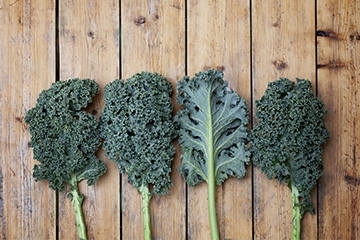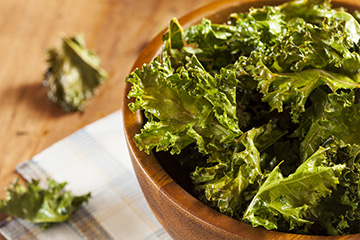
Kitchen Innovations: Are Electric Pressure Canners Safe?

In recent years, many innovative kitchen appliances have come onto the market. Among them are electric multifunction pressure cookers like the Instant Pot — some of which have “canning” or “steam canning” buttons.
Wouldn’t it be easy to just press a button? Although you can make delicious stews, soups and roasts fairly quickly in multifunction cookers, we do not recommend using multifunction cookers as canning devices.
The National Center for Home Food Preservation (NCHFP), which develops and disseminates research-based canning information, provides several reasons for recommending against the use of electric multifunction cookers in pressure canning. Most importantly, neither the U.S. Department of Agriculture nor any universities have conducted thermal process testing with jars inside the multifunction cooker to test the safety of these cookers.
Here’s the science: Even if the multifunction cooker itself reaches the temperature required for canning, the food in the jars has not necessarily been heated at the same rate as it would be using the stovetop canning process. In particular, low-acid pressure canning processes require a combination of heat from the canner coming up to pressure, during the processing time and during the early stages of cooling. To ensure a safe final product, the food inside the canner must stay at the minimum temperature throughout the entire processing time.
Similarly, stand-alone electric pressure canners also are not safe to use for pressure canning, according to the NCHFP.
Bottom line:
- Follow research-tested methods and use safety-verified devices.
- Multifunction electric pressure cookers do not have research available to back up their use in canning.
- Contact your local extension office for more information about home food preservation.
- See the National Center for Home Food Preservation at https://nchfp.uga.edu/ for more details about electric pressure cookers.
Source: National Center for Home Food Preservation. 2019. “Should I can in my electric multi-cooker appliance?” Burning Issue: Canning in Electric Multi-Cookers. (No longer available online.) As an alternative, see Can I Can in a Multi-Cooker?.
Kale

For many years, kale has been a trendy nutritious darling — and for good reason. It is low in calories, an excellent source of fiber and has an extremely high amount of vitamin K. Kale also is high in vitamins A and C as well as a good source of calcium and potassium.
A cool-weather vegetable, kale often is planted in the early spring or late summer and harvested in late spring or early fall. t’s a member of the Brassica family, which includes cabbage, broccoli and collard greens. Like its relatives, kale is known to have a pungent, prominent flavor that tends to mellow when it’s cooked.
Kale can be enjoyed raw in salads, cooked into soups and stews or oven-roasted into kale chips. Store kale in a clean plastic bag in the produce drawer of the refrigerator for up to five days. Do not rinse before storing, but do rinse with cold water before serving. Kale purchased in a package labeled “ready to eat,” “washed,” or “triple washed” does not need to be rewashed or rinsed before you eat it.
The best way to preserve kale is to blanch and then freeze it. To blanch kale, select tender leaves, then rinse them with water and remove their stems. Submerge the de-stemmed leaves in a large pot of boiling water for two minutes, then plunge them into an ice bath to stop the cooking process. Drain excess water and place the kale in a freezer-safe container, remove as much air as possible and seal the container with a ½-inch headspace. Be sure to label and date the container before storing it in your <0°F freezer. For best quality, use the kale within one year.
Use your frozen kale to add nutrition and flavor to soups, stews and casseroles..
Sources:
McGarry, Joyce. 2015. “Michigan Fresh: Using, Storing, and Preserving Kale.” Michigan State University Extension. January 14, 2015.
Bachman, Gary R. 2020. “Tasty, Nutritious Kale Brings Garden Beauty.” Mississippi State University Extension. October 12, 2020.
Iowa State University Extension and Outreach. n.d. “Kale and Collard Greens.”
Harrison, Judy A., and Elizabeth L. Andress, eds. “Preserving Food: Freezing Vegetables.” National Center for Home Food Preservation. Accessed April 12, 2021. (No longer available online.)
Kale Chip Recipe
 Ingredients:
Ingredients:
- 3 cups of kale (about 10 large leaves)
- 2 teaspoons olive oil
- ? teaspoon salt (optional)
Directions:
- Wash hands and ensure that surfaces and utensils are clean.
- Preheat oven to 350 degrees F.
- Rinse kale with water and spin dry in a salad spinner.
- Remove kale leaves from the center stalk and tear into bite-sized leaves.
- Spread the kale leaves out on baking sheet.
- Drizzle with olive oil.
- Sprinkle with salt (optional).
- Bake for 15 minutes or until kale is crispy with edges slightly browned.
Source: University of Maine Cooperative Extension. n.d. “Kale Chips.”